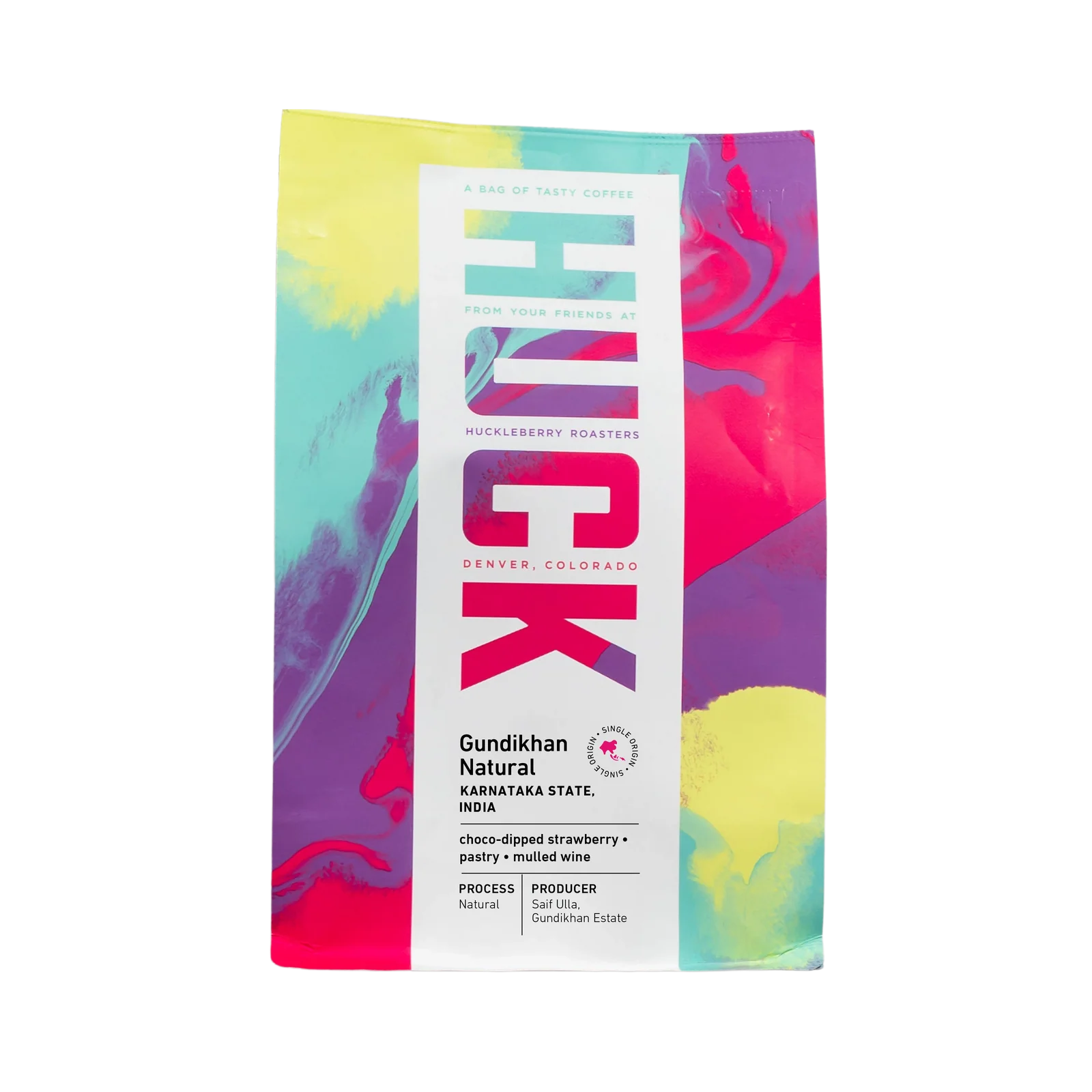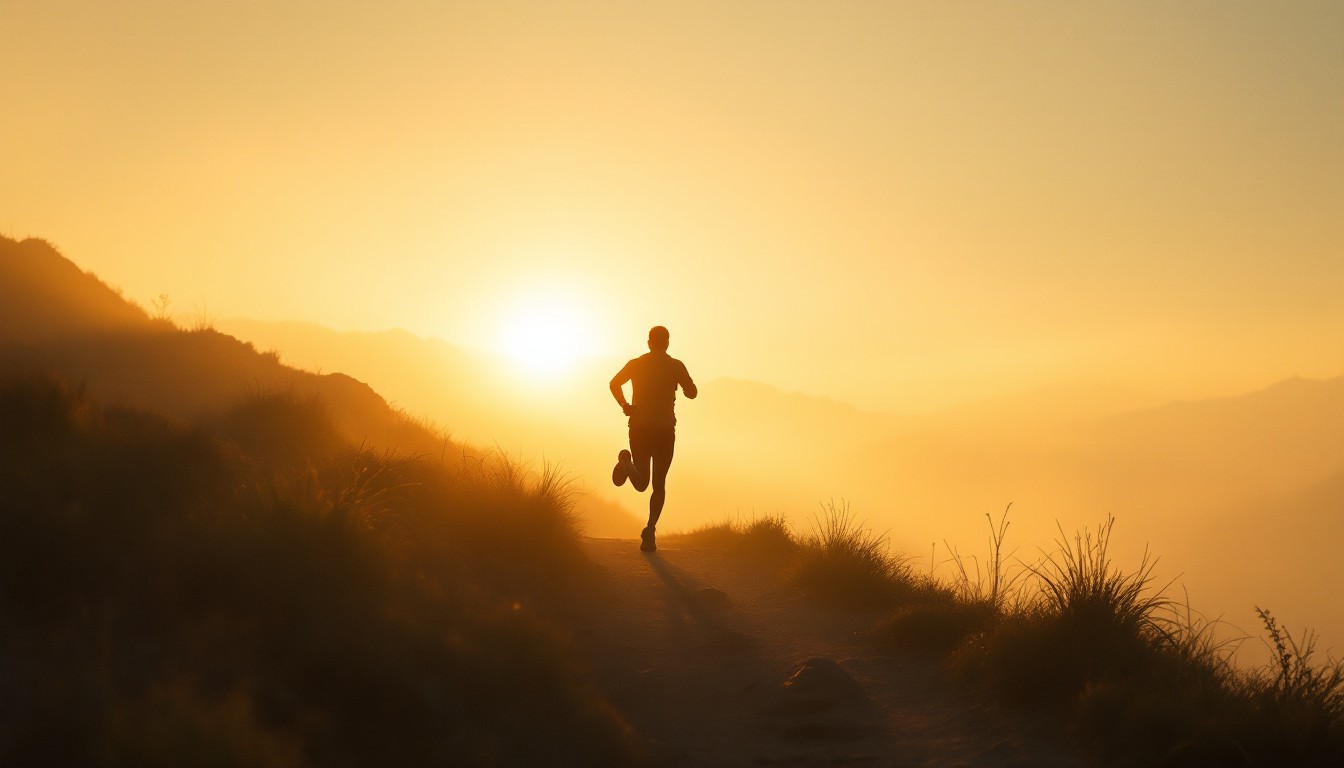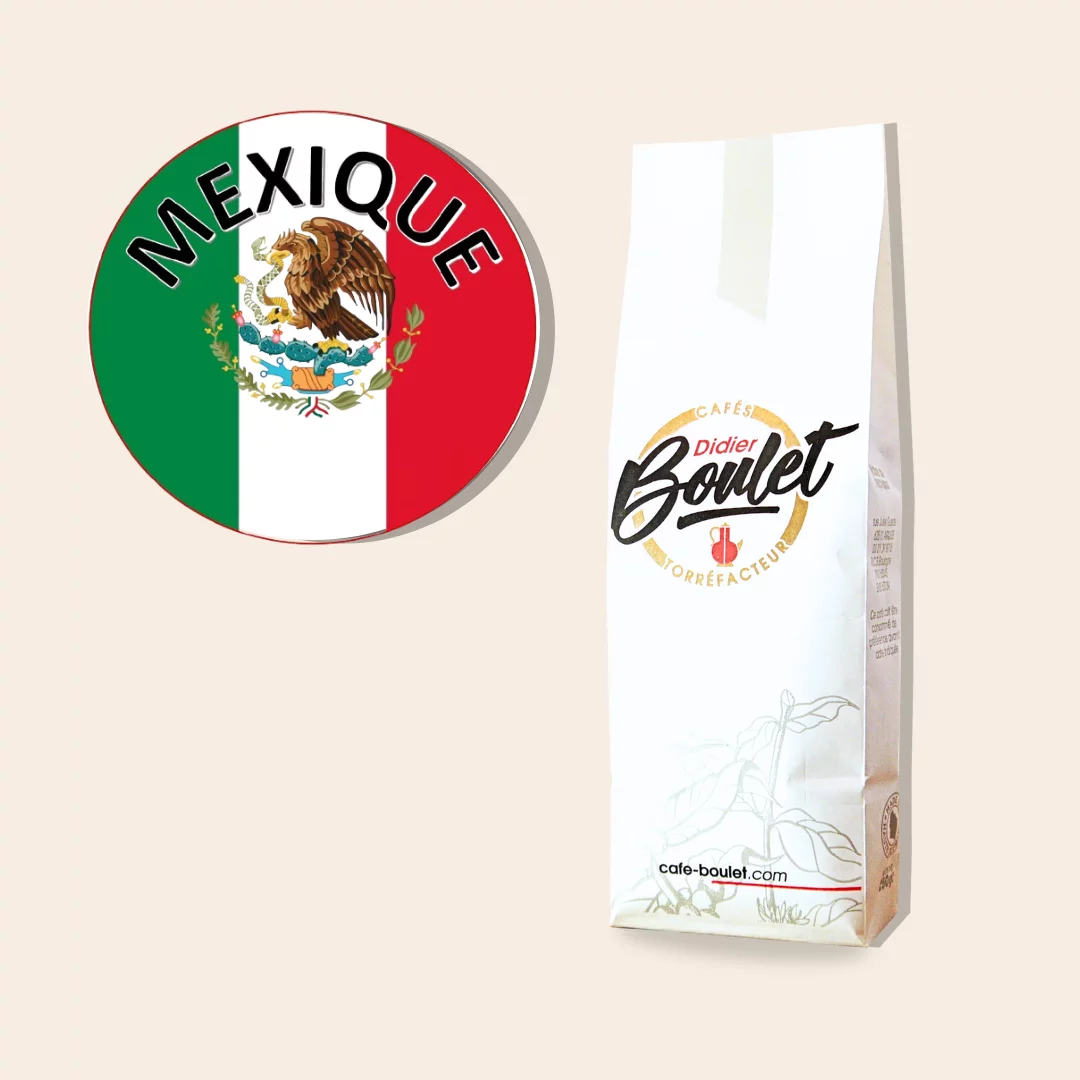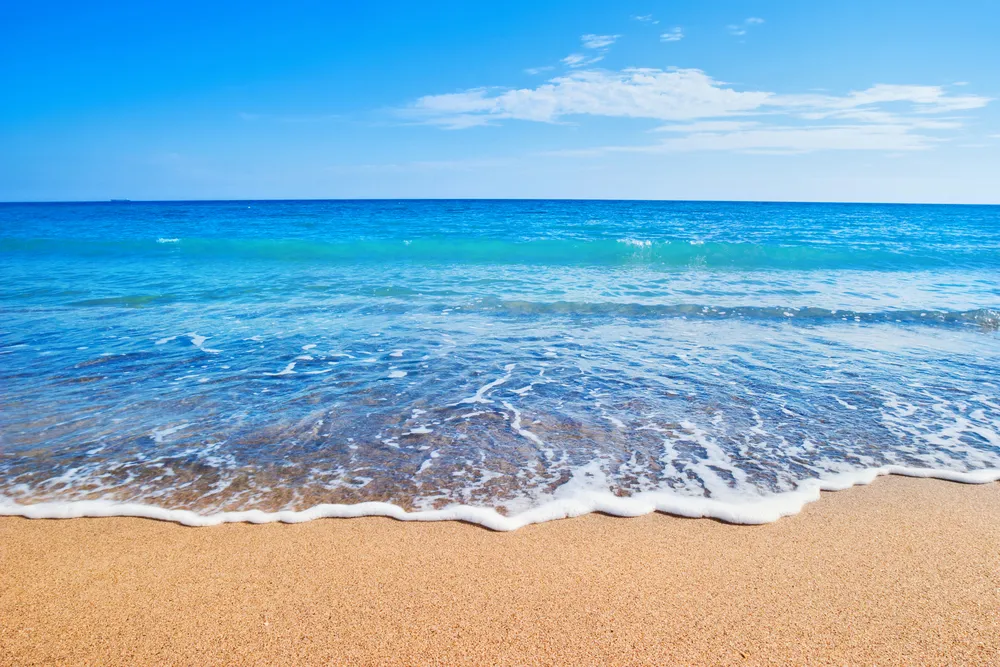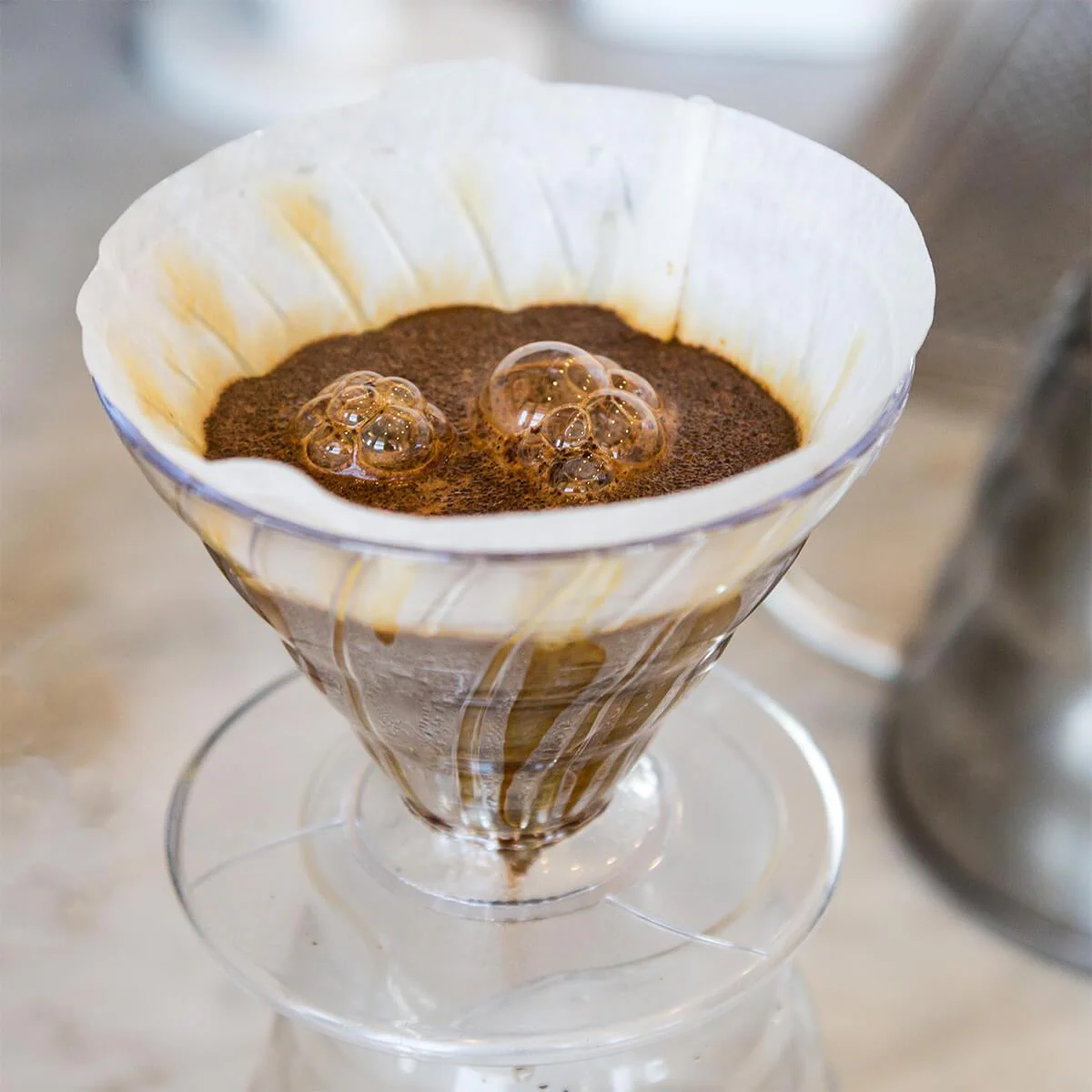Lately, when I remember, I’ve taken to reading posts that I wrote here on the same month and day in previous years. WordPress makes it easy to search for all posts on a given month and day (via the monthnum and day query string parameters) and from there, I whipped up a quick PHP script to generate the appropriate search string based on the current date. It’s interesting seeing what I wrote on a given date, say, 15 years ago (and incidentally, we’re only 10 days away from the 20th anniversary of my first post). At this point, it seems like I have written posts on most days of the year, but there are a few dates with no posts, and until now, November 8 was one of them.
I had initially been thinking about running the BWI loop this morning, but I decided I didn’t want to deal with all of the people on the trail on a mild day, so I ran on familiar roads around home, and ended up going 13.1 miles. It was my third half-marathon of the season, and I averaged 10:48/mile. I am dealing with some extensor tendonitis in my left foot, but running doesn’t really affect it much (walking and climbing seem to be the main culprits) and other than that, I have no major physical issues right now. I had plenty of energy, and finished stronger than last time I ran this distance (Oct 19) so it seems like I am getting back in shape for longer runs.
It is getting to be time to winterize the pool. The pool has lost a lot of water the past couple of winters, making me suspect a leak, but it never seems to lose water during the summer. This afternoon, I went to check the Chlorine and water levels, and was surprised to find that the water had already dropped to about 3/4″ below the tile line. This fall has been dry and windy, so It could be due to evaporation, but it’s never dropped that much so early in the off-season. The silver lining is that it saves me work, as I won’t need to pump water out of the pool to winterize the skimmers. However, I don’t want the water level dropping too low to support the cover if we get snow this winter, so, I’m going to have to keep an eye on it, see how much it drops, and add water if needed.
Last topic for the day is blood pressure. I have a family history of high blood pressure, and I keep mine in check with all of my exercising, but I’ve still had to take a low dose of BP meds since about age 35. The best way to stay on top of BP is to monitor it regularly at home, but I have always had kind of a phobia about taking my BP. Even thinking about it would cause my heart to start racing, and as a result, my BP would shoot up and I could never get an accurate reading. Last month, a BP scare at the doctor’s office prompted me to buy a new monitor, a Withings BPM Vision. It connects to the wifi and records all of my readings in the Withings app (and Apple Health). This has been great, because it turns out that my phobia isn’t about the actual process of taking my BP, but rather viewing the results. With the BPM Vision, I can keep the machine covered while I take my BP every day, and then wait until much later and review all of the results in the app. This seems to have done the trick: for the most part, I am now much more relaxed when I take readings, and by viewing (say) a week’s worth of readings at a time, I get a better overall picture of my BP rather than worrying about individual readings. So far, so good.
